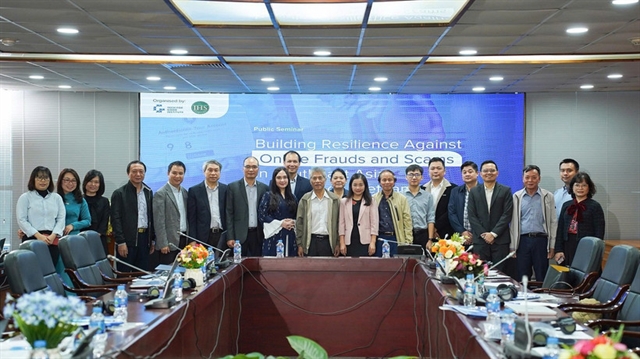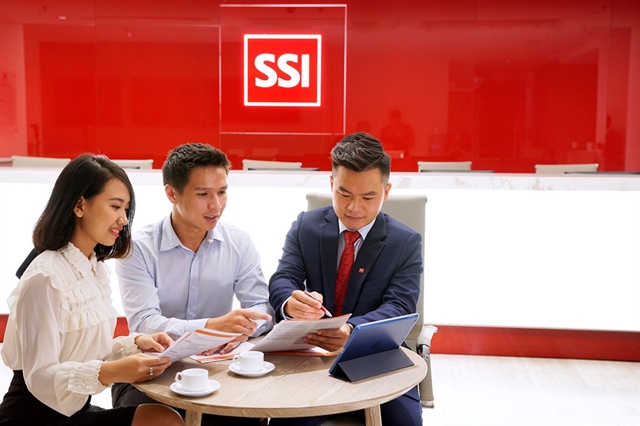 Economy
Economy
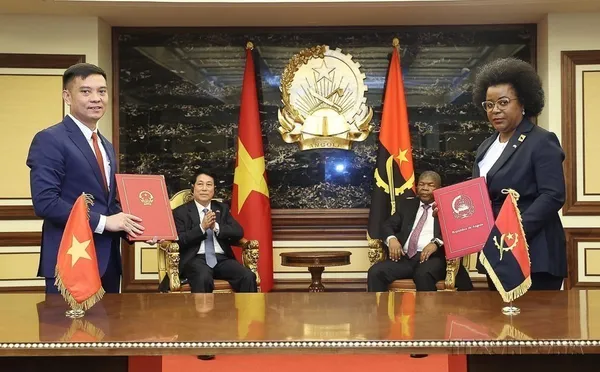
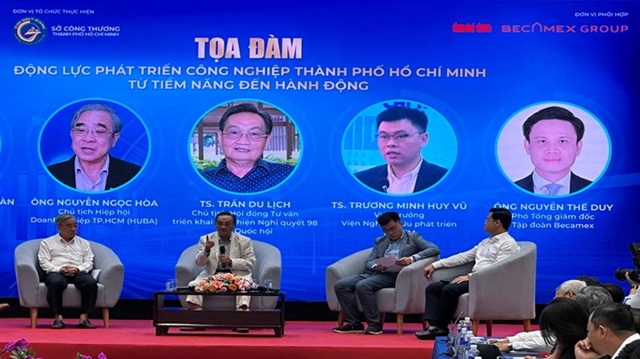
|
| Experts and scientists participated in the discussion at the seminar on July 17 in HCM City. — Photo nhandan.vn |
HCM CITY — The HCM City is entering a transformative phase in its industrial development, following an administrative merger with Bình Dương and Bà Rịa–Vũng Tàu.
This consolidation offers the city unprecedented room to reshape its growth model, expand its industrial footprint, and transition towards a more innovative and sustainable economic structure.
The momentum for change is being driven by both opportunity and necessity, as the city seeks to reassert its role as the country’s foremost economic engine.
At a roundtable discussion held on July 17 hosted by the Department of Industry and Trade under the direction of the city’s People’s Committee, policymakers and experts gathered to discuss the central question: how to make HCM City’s industry a pillar of sustainable development in line with national strategies for digital transformation and green growth.
The event, themed “Driving Forces of HCM City’s Industrial Development – From Potential to Action”, took place as the city begins redefining its industrial landscape amid changing regional dynamics.
Industrial production and construction currently account for approximately 30 per cent of the city’s gross regional domestic product (GRDP), a foundation that has allowed the City to maintain its position as Việt Nam’s largest economic hub.
Yet, the sector faces structural challenges, including outdated technology, high logistics costs – ranging between 16 and 20 per cent of product prices – and limited access to clean land for industrial use.
Productivity, too, remains below international benchmarks, reaching only around 60 per cent of the levels seen in developed industrial cities globally.
Optimising regional roles
During the forum, scholars, like Dr. Đỗ Thiên Anh Tuấn from the Fulbright School of Public Policy and Management, argued that the merged region offers a unique chance to redefine spatial roles and industrial functions.
Rather than pursuing growth through expansion alone, the city should focus on optimising the roles of each area to build integrated value chains.
This would mean concentrating research, finance and production coordination within the urban core, while utilising the capacities of the wider region – including Bình Dương, Bà Rịa–Vũng Tàu, Đồng Nai and Long An – for high-tech production, logistics and specialised manufacturing.
Such a strategy, Dr. Tuấn noted, would require a unified governance framework and forward-looking policies that encourage functional differentiation and regional synergy.
The pathway towards industrial modernisation, however, is not simply spatial, it is also institutional.
To unlock the full potential of the region, the city is expected to capitalise on a series of central policy frameworks.
These include recent national resolutions on science and technology innovation, legal reform, and the development of the private sector.
Within this policy landscape, the City is being called upon to pioneer new models of public-private collaboration and policy experimentation, allowing it to act as both a production centre and a national hub for industrial innovation.
Speaking at the event, Vice Chairman of the city’s People’s Committee, Nguyễn Lộc Hà, stressed that industrial transformation must be the foundation for guiding the city – now home to over 14 million people – into its next phase of development.
He underlined the importance of aligning industrial policies with the city’s ambition to become a leader in advanced manufacturing, green technology and regional logistics by 2045.
Bridging gaps through policy and talent
In the short term, the city’s departments are being tasked with implementing reforms across multiple fronts.
This includes revisiting the industrial master plan to prioritise sectors such as electronics, semiconductors, machinery, chemicals and green technology.
Investments will be steered toward developing innovation ecosystems that connect universities, research institutions and enterprises.
The focus will also be placed on nurturing a workforce equipped with the skills required for next-generation industries, ensuring that training programmes are responsive to the real-world needs of the business sector.
Parallel efforts are underway to streamline administrative procedures, especially in export processing and industrial zones, which are being redesigned as green, smart and logistics-integrated clusters.
Financial authorities are also studying mechanisms to offer preferential incentives to attract both domestic and foreign investment into high-tech and environmentally sustainable industries.
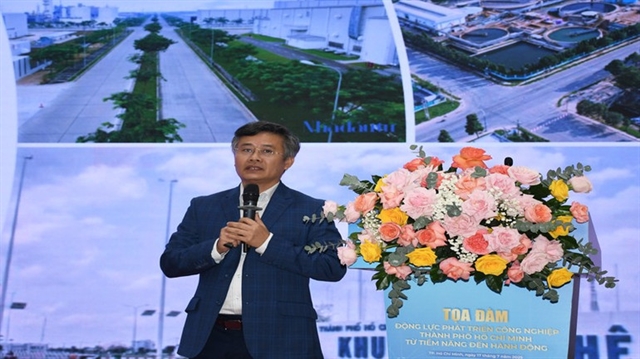
|
| Dr. Đỗ Thiên Anh Tuấn presented a paper at the seminar. — Photo nhandan.vn |
The road ahead
Beyond institutional reform, the city recognises the central role of the business community in this transformation.
Enterprises are being encouraged to upgrade their technology, embrace green standards, and increase productivity through digitalisation and automation.
Meanwhile, research institutions are being invited to participate more directly in technology transfer, product development and policy review processes, reinforcing a collaborative model of industrial growth.
The merger of HCM City with Bình Dương and Bà Rịa–Vũng Tàu represents a landmark shift in the country’s regional development strategy.
With enhanced access to transport infrastructure, industrial land and maritime gateways, the expanded city region is better placed to attract global investors and integrate more deeply into international supply chains.
As part of its long-term vision, the city also aims to align its industrial transformation with Việt Nam’s commitments to net-zero emissions by 2050, ensuring that growth remains inclusive and environmentally responsible.
According to Deputy Chairman Nguyễn Lộc Hà, the city now has both the opportunity and the responsibility to lead. “Our future lies not only in manufacturing, but in innovating – both in technology and in governance. This is our moment to act decisively and lay the foundation for a new era of industrial prosperity,” he concluded. — VNS

